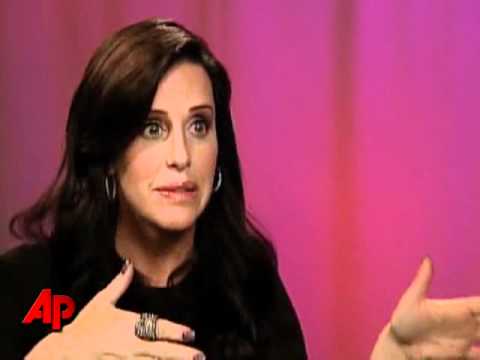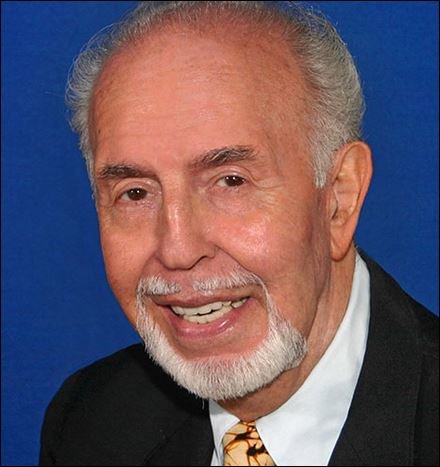Broad Money and Narrow Money, Definition, Formula, Difference

Moreover, OECD database does not report Bangladeshi monetary data [20]. So, we only have the time series data of Bangladeshi narrow money in the range January 2018 to January 2021 from the reliable sources. On the contrary, we use total currency issuued by the central bank as a measure of base money as it matches the exposition presented here and it is available as part of the issue department balance sheet of Bangladesh Bank for a longer period of time [17]. Meanwhile, as the history of MFS in Bangladesh is quite new, we have a shorter range of MFS data available at hand.

It is the technique that is regarded to be the most encompassing
when it comes to a country’s approach to the calculation of its money supply. The following tables summarize the impacts of the aforementioned transactions on the three monetary aggregates, namely, currency outside bank, narrow money (M1) and broad money (M2). The first table assumes that in a particular month, the total volume of cash-in, cash-out, P2P, B2P, P2B, merchant payment, government payment and inward remittances cleared by the MFS agents throughout the country amount to A, B, C, D, E, F, G and H respectively. Broad Money, often referred to as M3 in economic reports, is calculated by adding up the total supply of physical money including coins and currency, demand deposits, checking accounts, easily convertible near money, and institutional money market funds. The distinction between narrow money and broad money is mainly theoretical.
Broad Money and Narrow Money, Formula, Difference, M1, M2, M3, M4
Besides, the role played by different economic agents, e.g., regulators, MFS providers, merchants, agent points, end users etcetera in the process and the network dynamics of the whole ecosystem are yet to be investigated. Moreover, although we have quantified the impact of MFS transactions on the overall money supply, the responsiveness of different monetary aggregates to changes in mobile money is left unattended for the purpose of current study. A more econometric paper may resort to analyze the responsiveness of narrow money (M1), broad money (M2) and other aggregates alike to changes in e-money possibly under a structural VAR framework which is beyond the scope of the current study.

Broad money includes a broader range of bank deposits and other less liquid assets. Time deposits have a set maturity term and can’t be withdrawn before that time period expires. The wide money is obtained by adding the time depots to the narrow money. Widening the scope of the total money in circulation comes with several advantages. Above all, it helps policymakers to better grasp potential inflationary trends. Central banks often look at broad money, alongside narrow money, to set monetary policy.
Create a free account to unlock this Template
It is a central part of gauging monetary economics and setting appropriate monetary policies by central banks around the globe. The purpose of broad money extends beyond the monitoring of economic health; it is also used in forecasting inflation rates. Since broad money contains assets that are less liquid and represent a longer-term investment, it gives a wider snapshot of the economy’s monetary behavior.
Over recent decades, however, the relationships between various measures of the money supply and variables such as GDP growth and inflation in the United States have been quite unstable. As a result, the importance of the money supply as a guide for the conduct of monetary policy in the United States has diminished over time. The Federal Open Market Committee, the monetary policymaking body of the Federal Reserve System, still regularly reviews money supply data in conducting monetary policy, but money supply figures are just part of a wide array of financial and economic data that policymakers review.
Under the QE program, the US-Fed would buy government treasuries from banking and non-banking companies on a monthly basis. The structure of the transactions would differ depending on whether QE was done with banking broad money refers to or non-banking companies. Broad Money gives economists a clear indicator of the amount of money circulating within an economy, making it easier to predict inflation and make decisions related to monetary policy.
Which Financial Statements do Lenders Care the Most About?
In other words, it means more than ‘narrow money.’ It is the most inclusive definition of the money supply. The term also includes bank money and any cash held in easily accessible accounts. The formula for calculating money supply varies from country to country. Current study can be reasonably extended to a number of different directions.

To be precise, Bangladesh Bank, the central bank of Bangladesh, starts to publish monetary data (both the narrow and broad money) on monthly basis starting from January 2018 and at the time of writing this piece the latest available update is for January 2021 [30]. Other public database like World Bank Open Data reports broad money of Bangladesh for a longer period of time. However, World Bank has discontinued the narrow money series (previously FM.LBL.MONY.CN) for long [31].
Broad Money and Narrow Money UPSC
In March 2006, the Federal Reserve stopped publishing M3 statistics. Because cash can be exchanged for many kinds of financial instruments, it is not a simple task for economists to define how much money is circulating in the economy. Economists use a capital letter “M” followed by a number to refer to the measurement they are using in a given context. After careful consideration, we feel that it has merit but does not fully meet PLOS ONE’s publication criteria as it currently stands. Therefore, we invite you to submit a revised version of the manuscript that addresses the points raised during the review process.
In other words, the money supply is not black and white, but rather different shades of gray. Economists have found close links between money supply, inflation and interest rates. Central banks such as the Federal Reserve use lower interest rates to increase the money supply when the goal is to stimulate the economy. Conversely, in an inflationary setting, interest rates are raised and the money supply diminishes, leading to lower prices. The abstract should reserve more space to the quantitative results (e.g. the ~10% of money supply due to MFS), and a bit less space to the qualitative argument against capping interest rates, to reflect the importance of the results and the space reserved in the manuscript to both. The PLOS Data policy requires authors to make all data underlying the findings described in their manuscript fully available without restriction, with rare exception (please refer to the Data Availability Statement in the manuscript PDF file).
It is used as an economic indicator to measure the money supply in the economy. Narrow money and other assets that are easily convertible into cash are examples of
broad money. Other examples of broad money include foreign currencies, certificates of
deposit, money market accounts, treasury bills, and marketable securities. Broad
money is a classification of money that includes narrow money and other easily
convertible assets.
Left-Leaning Democrats Meet in Secret to Find a Challenger to Eric … – The New York Times
Left-Leaning Democrats Meet in Secret to Find a Challenger to Eric ….
Posted: Fri, 04 Aug 2023 07:00:20 GMT [source]
Rather, MFS transaction volume, transaction number, number of account holders, number of agent points and all other MFS parameters are increasing tremendously in every single month ever since its inception [24]. This is because more money circulating in the economy tends to drive up prices, as consumers have more spending power. The measures are usually identified by an M followed by one or more digits, and sometimes a letter. Additionally, it is the method used to measure the quantity of money in circulation. Authors define broad money at the beginning of many academic papers because of its ambiguous meaning. I therefore recommend the acceptance of this paper for publication in PLOS ONE.
Data Availability
The fractional banking system’s money multiplier is an important factor. The Bank of Japan uses three measures of money – M1, M2, and M3, where M1 is the narrowest and M3 the broadest. M3 consists of all the items in M1 plus other deposits from building societies and credit unions with banks. The Reserve Bank of Australia uses three measures of money – M1, M3, and Broad Money, where M1 is the narrowest and Broad Money the broadest. M0 consists of currency in circulation plus bankers’ deposits at the Bank of England. The Bank of England uses four measures of money – M0, M2, M4, and M3H, where M0 is the narrowest, and M4 is the broadest.
- The base money supply would have stayed the same as no new reserves would have been created, only transferred from the buyer’s bank to the seller’s bank.
- By reducing rates at the 10-year mark, the Fed may cause a situation where short term rates reach 0% or even become negative.
- Under the QE program, the US-Fed would buy government treasuries from banking and non-banking companies on a monthly basis.
- The Fed would then act as a lender of last resort to the bank in deficit, and lend them the reserves that they required in order to remain sound from a risk perspective.
- M0 consists of currency in circulation plus bankers’ deposits at the Bank of England.
Moreover, we have also subscripted both the money multipliers as they do not remain constant over the months. The cumulative impacts of MFS operations on different monetary aggregates are algebraically represented in Table 3. The money-multiplier process illustrates how an increase in the monetary base leads to a doubled increase in the money supply. Assume the Federal Reserve conducts an open-market operation, in which it creates $100 in order to purchase $100 in Treasury securities from a bank.







